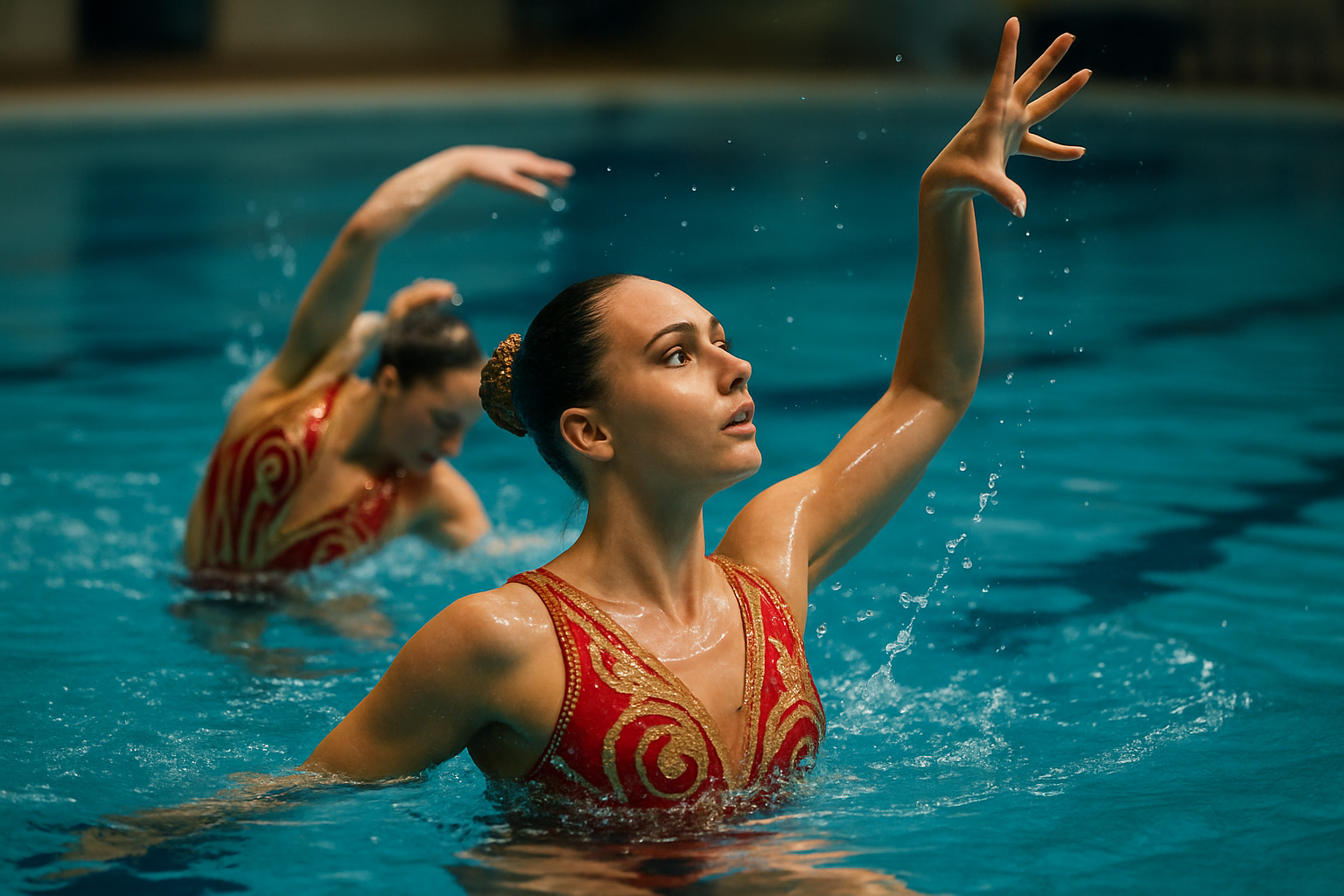Title: Social Synesthesia: When Communities Blend Senses
Introduction: Imagine a world where communities experience collective sensory phenomena, blending sight, sound, and touch in shared experiences. This intriguing social phenomenon, dubbed "social synesthesia," is reshaping how we understand group dynamics and sensory perception. Read below to explore this fascinating intersection of neuroscience and sociology.

Researchers first noted this phenomenon in small, tight-knit communities where members reported similar cross-sensory experiences during communal events. For instance, in one documented case, an entire neighborhood consistently reported seeing specific colors when hearing particular community sounds, like the local church bells or the ice cream truck jingle.
The Neurological Basis of Collective Sensory Experiences
Understanding the neurological underpinnings of social synesthesia requires a multidisciplinary approach. Neuroscientists hypothesize that this phenomenon might be rooted in mirror neuron activity—the same neural mechanism that allows us to empathize and learn through observation. In social synesthesia, these mirror neurons might be working overtime, creating a shared sensory reality among group members.
Brain imaging studies of individuals within communities exhibiting social synesthesia have shown increased connectivity between sensory processing areas during group activities. This heightened neural communication might explain how sensory experiences become synchronized across multiple individuals.
Cultural and Environmental Factors
While the neurological basis is fascinating, sociologists emphasize the importance of cultural and environmental factors in shaping social synesthesia. Communities with strong shared identities, frequent communal activities, and rich sensory environments seem more prone to developing this phenomenon.
For example, researchers observed social synesthesia in a small coastal town where residents collectively associated specific ocean sounds with particular tactile sensations. This shared experience was deeply rooted in the community’s maritime culture and daily exposure to the sea environment.
The role of collective memory and shared narratives also appears significant. Communities with strong oral traditions or shared historical experiences often report more instances of social synesthesia, suggesting that cultural context plays a crucial role in shaping these collective sensory perceptions.
Implications for Social Cohesion and Group Identity
The discovery of social synesthesia has profound implications for our understanding of group dynamics and social cohesion. Communities experiencing this phenomenon report stronger feelings of unity and a deeper sense of shared identity. This collective sensory experience seems to create a unique bond among members, fostering a sense of belonging that transcends traditional social ties.
Sociologists are particularly interested in how social synesthesia might influence group decision-making and collective behavior. Early studies suggest that communities with shared sensory experiences may demonstrate enhanced cooperation and problem-solving abilities, possibly due to their heightened sense of connectedness.
Challenges and Ethical Considerations
As with any emerging field of study, social synesthesia raises several challenges and ethical considerations. Researchers must grapple with questions of authenticity and influence: How can we distinguish between genuine shared sensory experiences and socially influenced reporting? There’s also concern about the potential for manipulation, as understanding the mechanisms behind social synesthesia could theoretically be used to artificially induce group experiences or influence collective perceptions.
Privacy concerns also arise, as studying this phenomenon often requires intensive observation of communities. Balancing the need for scientific understanding with respect for community autonomy and individual privacy remains a significant challenge for researchers in this field.
Future Directions and Potential Applications
The study of social synesthesia is still in its infancy, but its potential applications are vast and exciting. In education, understanding how groups collectively process sensory information could lead to more effective teaching methods that engage multiple senses simultaneously. In therapy, inducing controlled social synesthesia experiences might help in treating collective trauma or fostering group healing.
Urban planners and architects are also taking note, exploring how designed environments might facilitate positive shared sensory experiences to enhance community well-being. Some futurists even speculate about the potential for technology-mediated social synesthesia, where virtual or augmented reality could create shared sensory spaces for geographically dispersed communities.
As research in this field progresses, we may gain deeper insights into the nature of human connection and the sensory foundations of community. Social synesthesia challenges our understanding of individual and collective experiences, blurring the lines between personal and shared realities. It reminds us that our sensory world is not just a private domain but a rich, interconnected landscape shaped by our social bonds and shared experiences.





